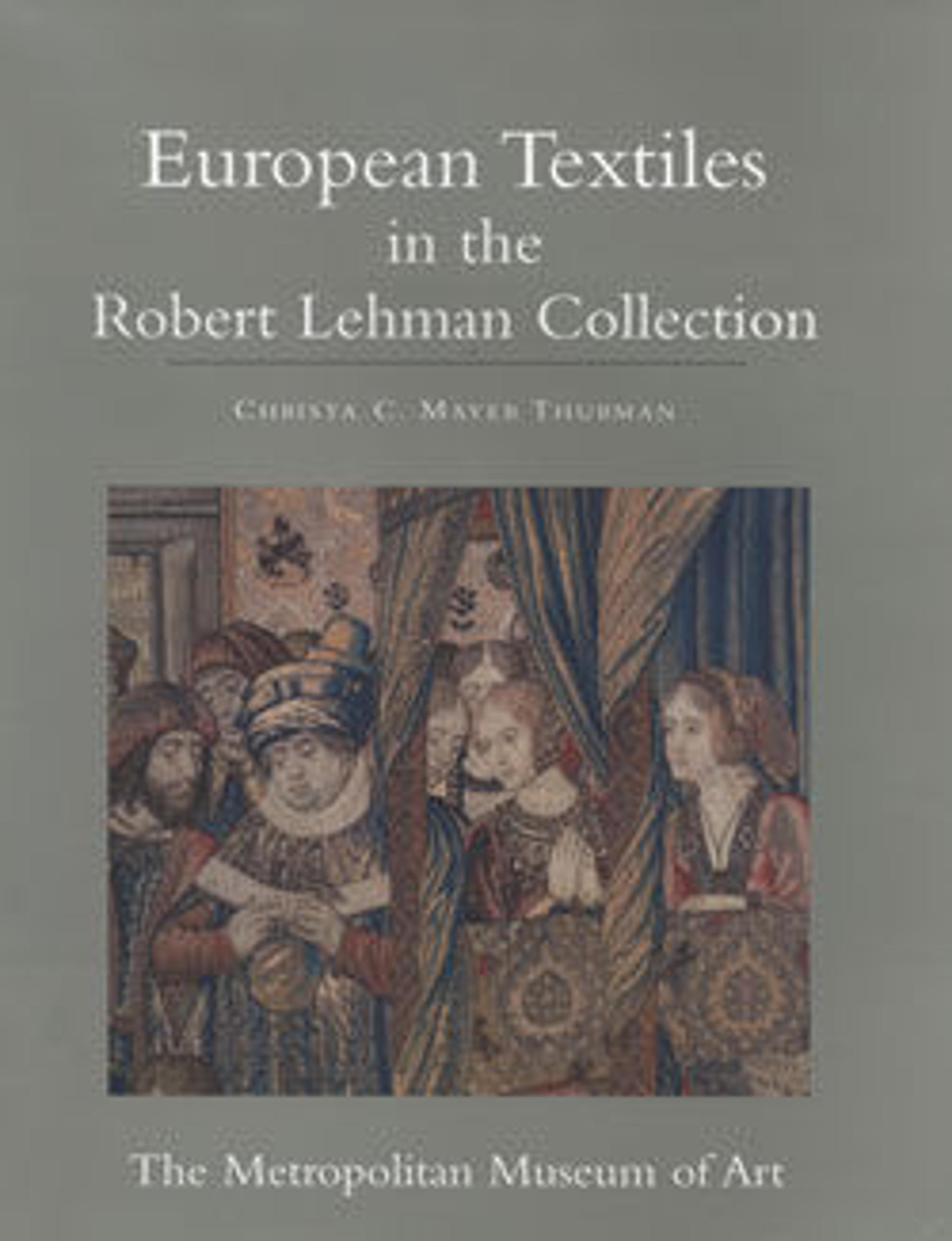Emperor Vespasian Cured by Veronica's Veil
This tapestry illustrates the legend of Veronica’s veil, an episode from a twelfth-century French epic poem, La Vengeance de Nostre Seigneur (The Vengeance of Our Lord), an amalgam of apocryphal sources from the first century which tell of the Roman Emperor Vespasian’s campaigns in Jerusalem. The poem was popularized in the fourteenth century as the subject of mystery plays. Portrayed at center, Veronica has been brought to the Emperor Vespasian, who kneels before her, in order to cure him of his illness. Veronica holds the cloth with which she had wiped perspiration from Christ’s face as he carried the cross on the road to Calvary. Christ’s image was transferred to the cloth along with his miraculous healing powers. Undoubtedly woven by the finest weavers, it is remarkable that this tapestry escaped the French Revolution when a vast number of tapestries containing gilt or silvered threads were melted down and destroyed.
Artwork Details
- Title: Emperor Vespasian Cured by Veronica's Veil
- Date: ca. 1510
- Culture: Flemish, Brussels
- Medium: Wool, silk, and gilt-metal-strip-wrapped silk in slit, dovetailed, and double interlocking tapestry weave.
- Dimensions: 135 1/2" x 135" (344.2 cm x 342.9 cm)
- Classification: Textiles-Tapestries
- Credit Line: Robert Lehman Collection, 1975
- Object Number: 1975.1.1914
- Curatorial Department: The Robert Lehman Collection
More Artwork
Research Resources
The Met provides unparalleled resources for research and welcomes an international community of students and scholars. The Met's Open Access API is where creators and researchers can connect to the The Met collection. Open Access data and public domain images are available for unrestricted commercial and noncommercial use without permission or fee.
To request images under copyright and other restrictions, please use this Image Request form.
Feedback
We continue to research and examine historical and cultural context for objects in The Met collection. If you have comments or questions about this object record, please complete and submit this form. The Museum looks forward to receiving your comments.
